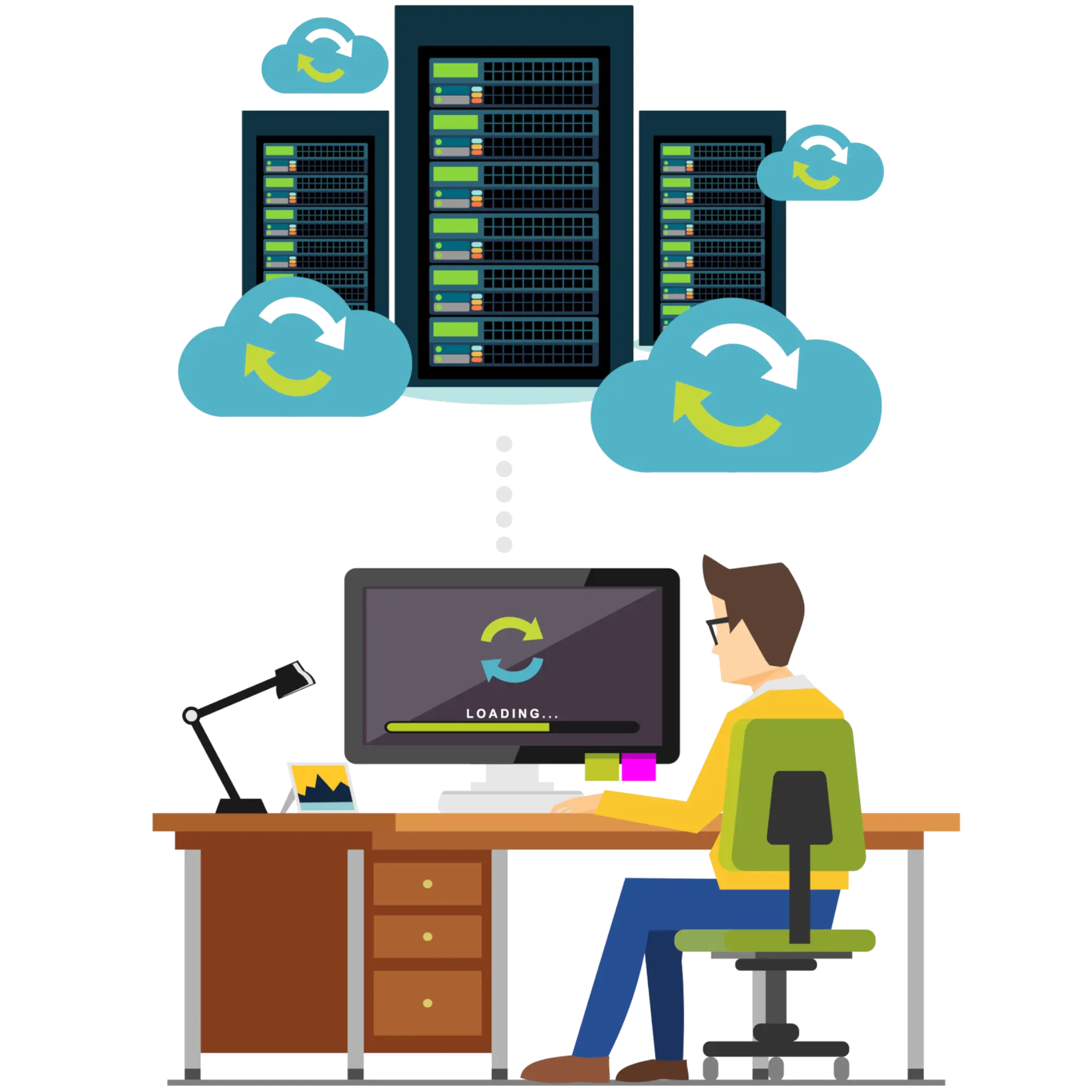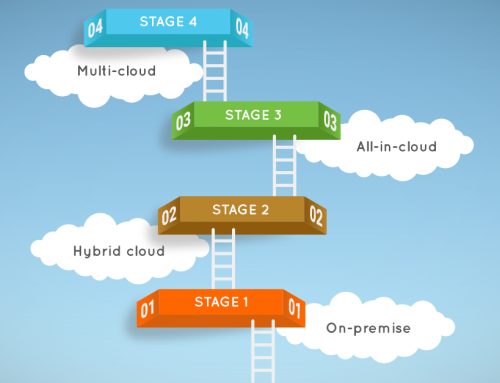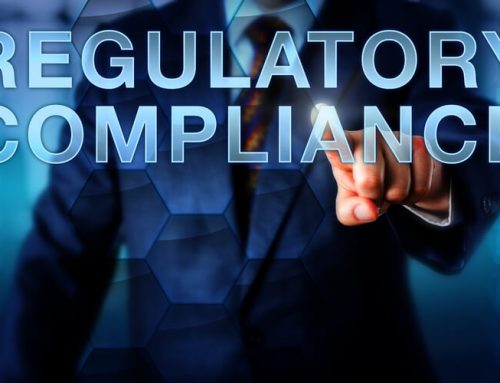As organizations increasingly embrace the cloud for its agility and scalability, ensuring robust security practices during the cloud migration process becomes paramount. Protecting sensitive data, maintaining compliance, and safeguarding against cyber threats are critical considerations. In this guide, we explore the best practices for secure cloud migration, emphasizing the importance of a comprehensive and proactive approach.
1. Comprehensive Security Assessment:
Before initiating the cloud migration process, conduct a thorough security assessment of your existing infrastructure. Identify vulnerabilities, evaluate current security controls, and assess potential risks associated with the migration. This foundational step informs the development of a security strategy tailored to your organization’s needs.
2. Prioritize Data Encryption:
Implementing strong data encryption mechanisms is fundamental to securing information during cloud migration. Encrypt data both in transit and at rest to protect it from unauthorized access. Leverage encryption protocols and tools provided by your cloud service provider, and ensure that encryption keys are managed securely.
3. Identity and Access Management (IAM):
Establish a robust Identity and Access Management (IAM) strategy to control and monitor access to cloud resources. Implement the principle of least privilege, ensuring that users and applications have only the necessary permissions. Regularly review and update IAM policies to align with organizational changes.
4. Secure Configuration Practices:
Adhere to secure configuration practices for both cloud infrastructure and applications. Follow industry-recognized benchmarks and frameworks for cloud security, and regularly audit configurations to identify and remediate any deviations from security best practices. This includes secure configurations for virtual machines, storage, and networking components.
5. Multi-Factor Authentication (MFA):
Enforce Multi-Factor Authentication (MFA) for all users accessing cloud resources. MFA adds an extra layer of security by requiring users to provide multiple forms of verification, such as a password and a temporary code sent to their mobile device. This significantly reduces the risk of unauthorized access.
6. Regularly Update and Patch Systems:
Keep all systems, applications, and cloud services up to date with the latest security patches. Regularly check for updates provided by your cloud service provider and apply patches promptly to address known vulnerabilities. Automated patch management tools can streamline this process and enhance overall security posture.
7. Network Security Measures:
Implement robust network security measures to protect data as it travels between on-premises infrastructure and the cloud. Utilize Virtual Private Clouds (VPCs), firewalls, and intrusion detection/prevention systems to monitor and control network traffic. Implement secure communication channels, such as Virtual Private Network (VPN) connections, for secure data transmission.
8. Data Residency and Compliance:
Understand data residency requirements and ensure compliance with relevant regulations. Different regions may have specific data protection and privacy laws, and cloud providers often offer data centers in multiple geographic locations. Select appropriate regions for storing data based on legal and regulatory considerations.
9. Continuous Monitoring and Auditing:
Establish continuous monitoring and auditing processes to detect and respond to security incidents promptly. Leverage cloud-native monitoring tools and security information and event management (SIEM) solutions. Regularly review logs, conduct security audits, and implement automated alerts to proactively address any suspicious activities.
10. Incident Response and Disaster Recovery:
Develop a robust incident response plan to address security incidents effectively. This plan should include steps for identifying, containing, eradicating, recovering, and learning from security events. Additionally, ensure that disaster recovery plans are in place to minimize downtime and data loss in the event of a catastrophic failure.
11. Collaborate with Cloud Service Providers:
Engage in a collaborative relationship with your cloud service provider to understand their security offerings and features. Cloud providers often offer security services such as threat detection, vulnerability scanning, and managed security services. Leverage these services to enhance the overall security posture of your cloud environment.
12. Employee Training and Awareness:
Educate employees about security best practices and raise awareness about the unique security considerations associated with cloud migration. Training programs should cover topics such as phishing awareness, secure password practices, and the importance of reporting security incidents promptly.
Conclusion:
Securing the cloud environment requires a proactive and multifaceted approach that encompasses technology, processes, and people. By following these best practices for secure cloud migration, organizations can navigate the complexities of the cloud securely, protect sensitive data, and build a resilient and compliant infrastructure that aligns with industry standards and regulations.





